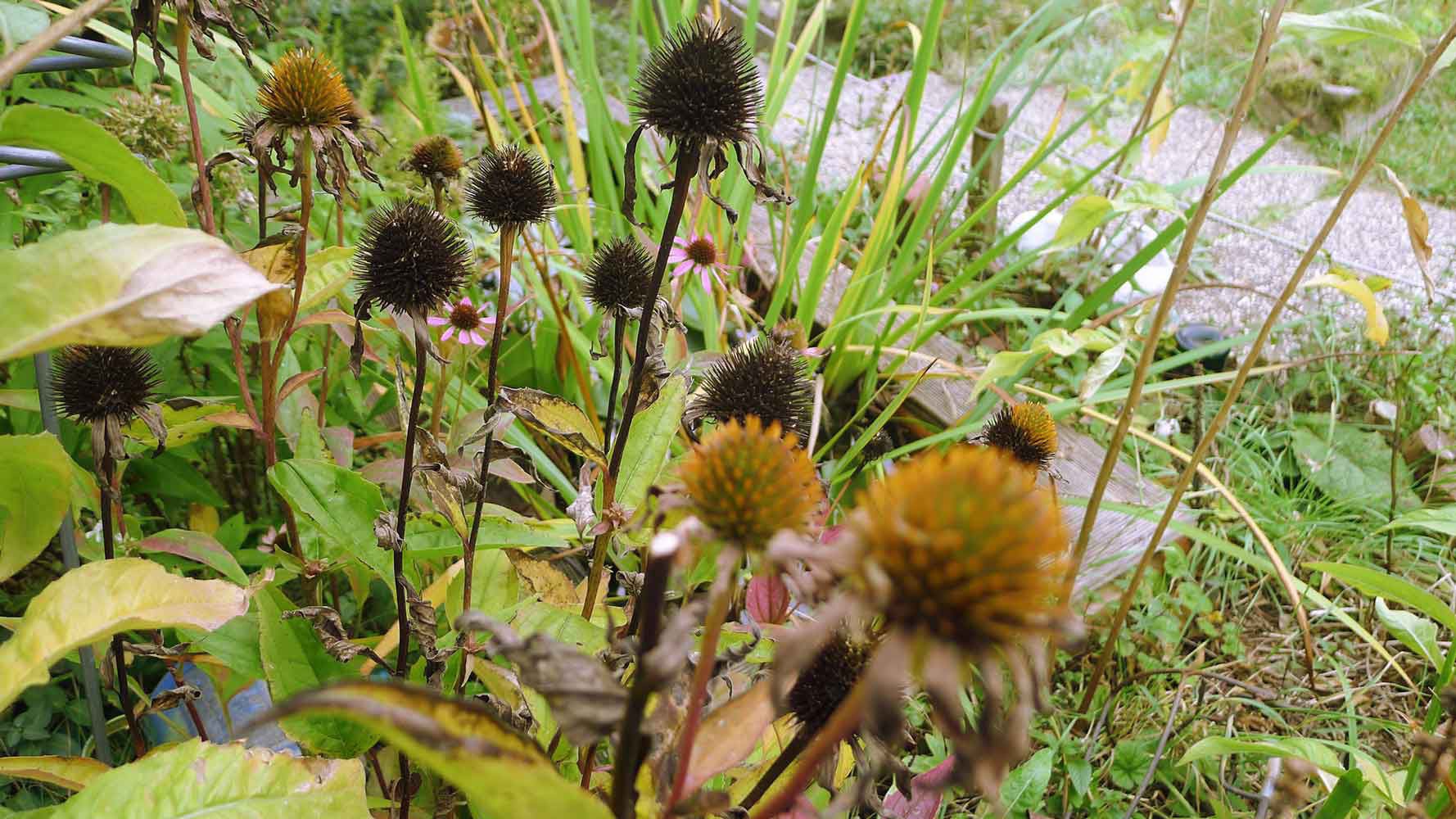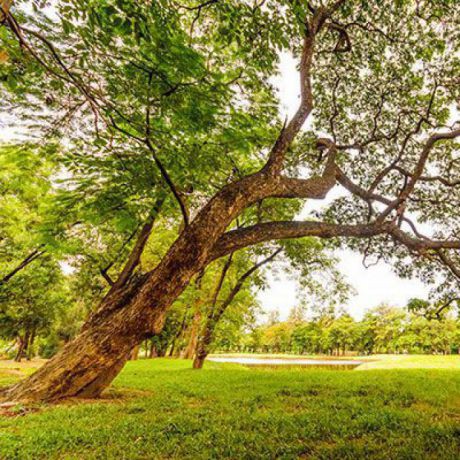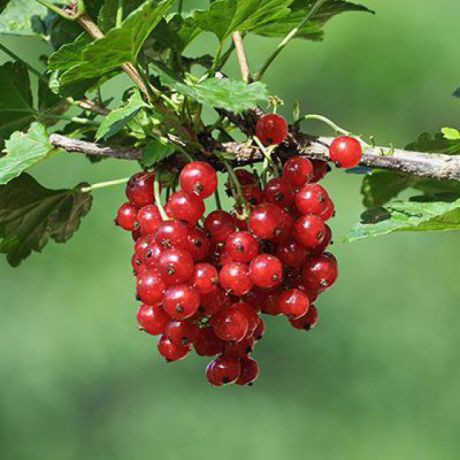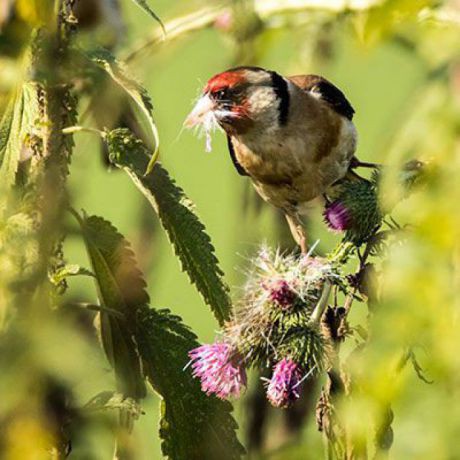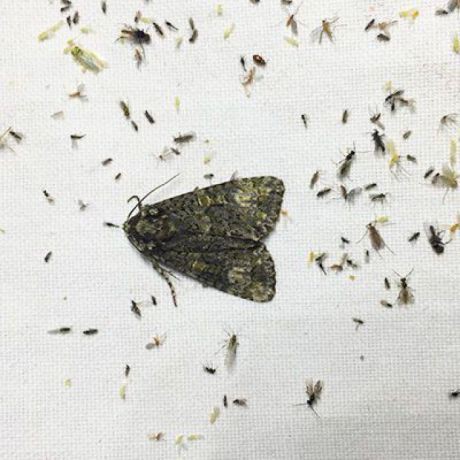Flourishing life in your garden
Would you like to fill your garden with life? That’s a great idea, as natural gardens, whether big or small, that attract wildlife play an important role in promoting nature in cities. Garden owners have an opportunity to have a piece of nature at their doorstep, to create flowered areas and habitations, and to share their space with animals and plants. A natural garden doesn’t have to be overgrown to become a little natural paradise. Gentle care and design are needed. This way, you can create a unique, seasonal play of colours.
Target species
Good to know
- Native plants are the corner stone of a more natural garden.
- The more diverse structures and habitats you offer, the more natural diversity will emerge.
- Existing plants are often ecologically very valuable and therefore worth preserving, i.e. Old trees.
- Try to favour natural construction materials and permeable coverings in your natural garden.
- Sealed areas and the currently fashionable gravel gardens are unsuitable for flora and fauna.
- Refrain from continuous and high fence footings. These act as barriers for hedgehogs etc.
What does the City of Vienna do?
The City of Vienna - Environmental Protection department awards a prize to the most beautiful, bee-friendliest gardens:
Plakette Naturnahe Grünoase der Stadt Wien (wien.gv.at)

